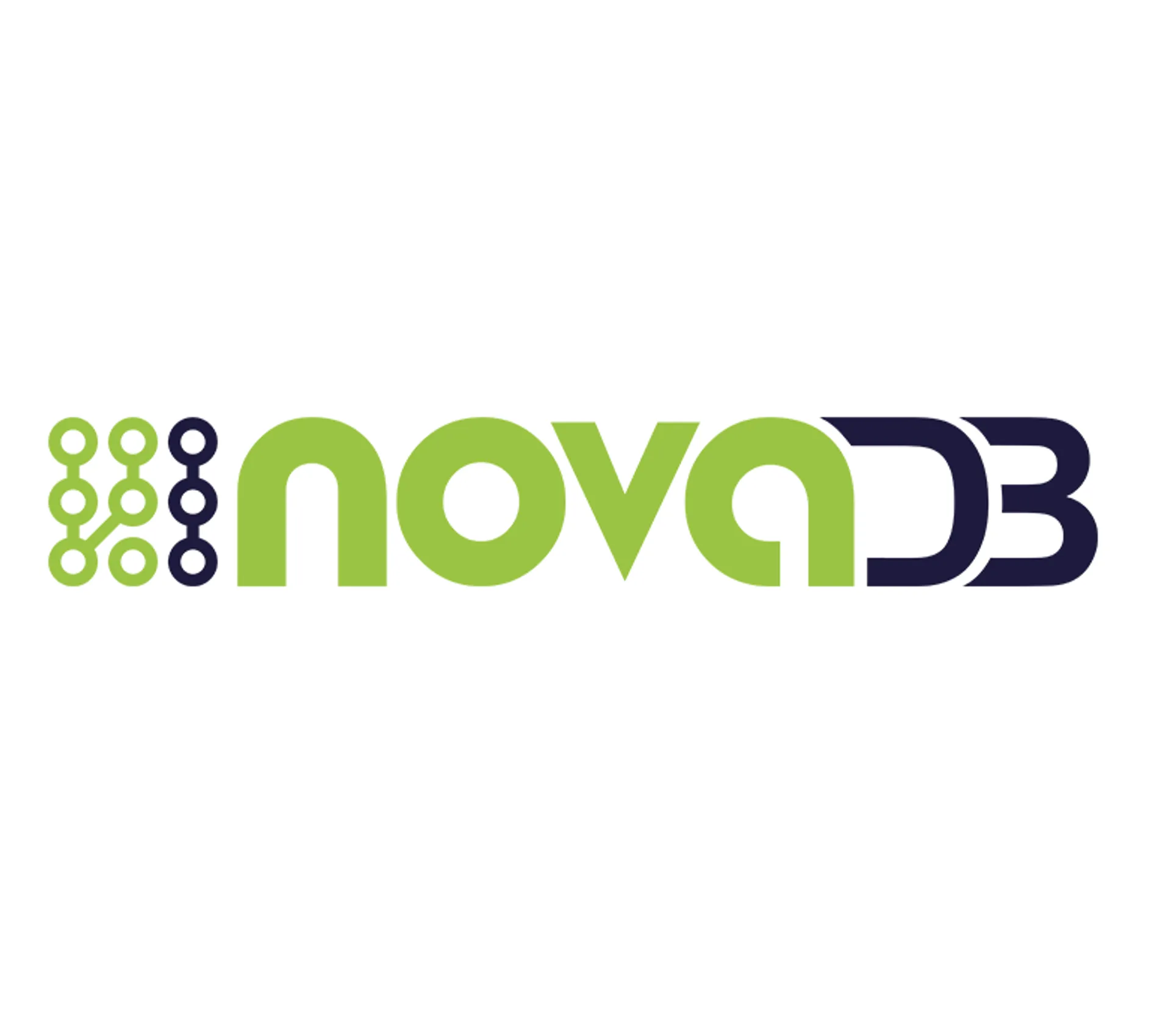Headless CMS vs. traditional CMS: Key differences you need to consider
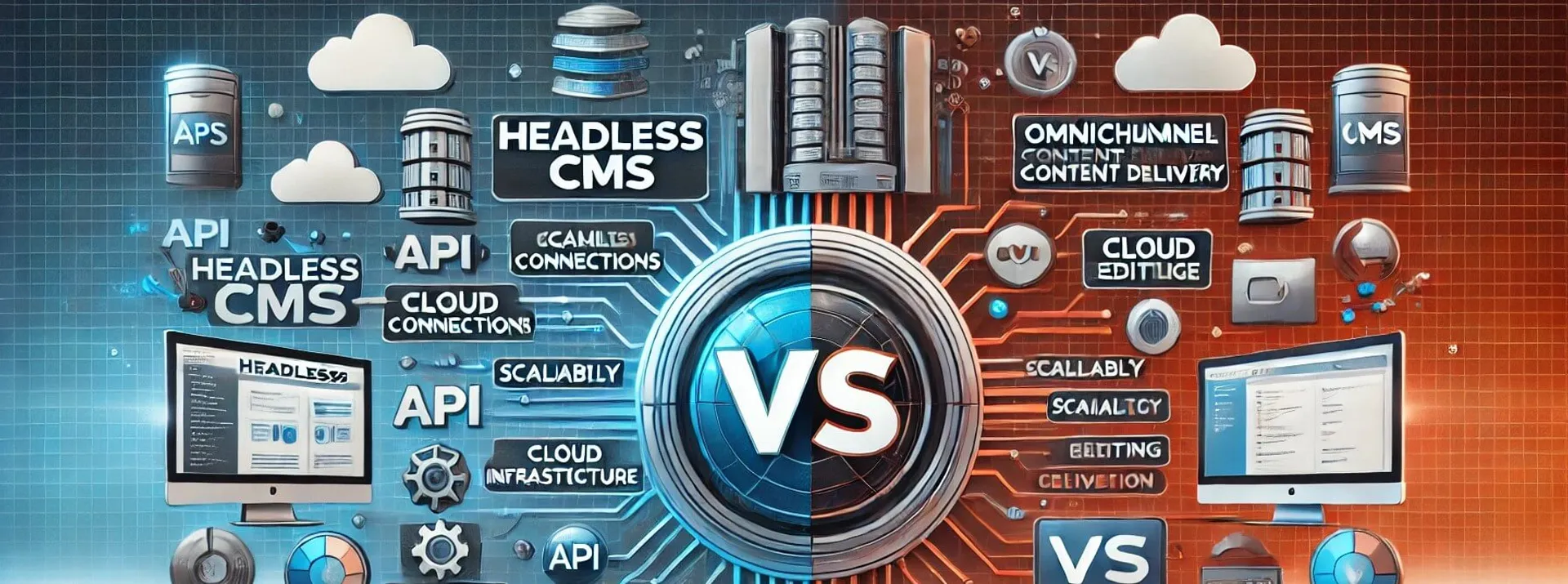
In today's fast-paced digital world, selecting the right content management system (CMS) is essential for delivering seamless, engaging, and personalized customer experiences. Businesses are faced with two primary options: Headless CMS and Traditional CMS, each offering distinct advantages depending on their digital strategy and scalability needs. Both are designed to manage content, but they differ fundamentally in their architecture, functionality, and use cases. Marketing and product managers must understand these differences to determine the best approach for their organizations’ digital strategy.
In this article, we’ll explore the differences between Headless CMS and Traditional CMS, breaking down their key features, benefits, and challenges. We’ll look at important factors like customizability, scalability, security, omnichannel delivery, and e-commerce capabilities, so you can make a well-informed decision when choosing the right CMS for your business. Whether you’re looking for flexibility, simplicity, or a more integrated approach, we’ll help you navigate the options and find what best suits your needs.
What is Traditional CMS
A Traditional CMS is a content management system that integrates both the back-end content management and the front-end content delivery in a single system. This means that the system is responsible for storing, managing, and displaying content on websites, blogs, and other digital channels. Some of the most popular traditional CMS platforms include WordPress, Joomla, and Drupal.
Traditional CMS platforms often come with pre-built themes and templates, making it easier for marketers, content creators, and administrators to publish content without requiring technical expertise. The front-end and back-end components are tightly coupled, meaning that changes made to the content management layer directly affect the way content is displayed on the front-end. While this integrated system is user-friendly and easy to manage, it can present limitations in terms of flexibility, scalability, and customization.
Headless CMS Vs. Traditional CMS: Key Differences Explained
A traditional CMS tightly integrates content management with frontend presentation, limiting flexibility and requiring theme-based development.
A headless CMS (e.g., NovaDB) decouples content storage from presentation, delivering data via APIs for omnichannel distribution.
When comparing Headless CMS and Traditional CMS, there are several critical factors that marketing and product managers should consider. These factors play a significant role in determining which system is best suited for their organization’s needs.
Customizability
Traditional CMS:
Traditional CMS platforms provide a certain level of customizability, but this is usually limited by pre-built templates, themes, and plug-ins. While users can tweak content layout and design, they may face restrictions when it comes to implementing complex or unique front-end features. Customization may also require developers to modify the platform’s core structure.
Headless CMS:
Headless CMS platforms are highly customizable because they separate the front-end from the back-end. Developers have full control over the front-end design, allowing them to create entirely custom interfaces and user experiences. This is particularly advantageous for businesses with specific branding or unique customer interactions across different channels.
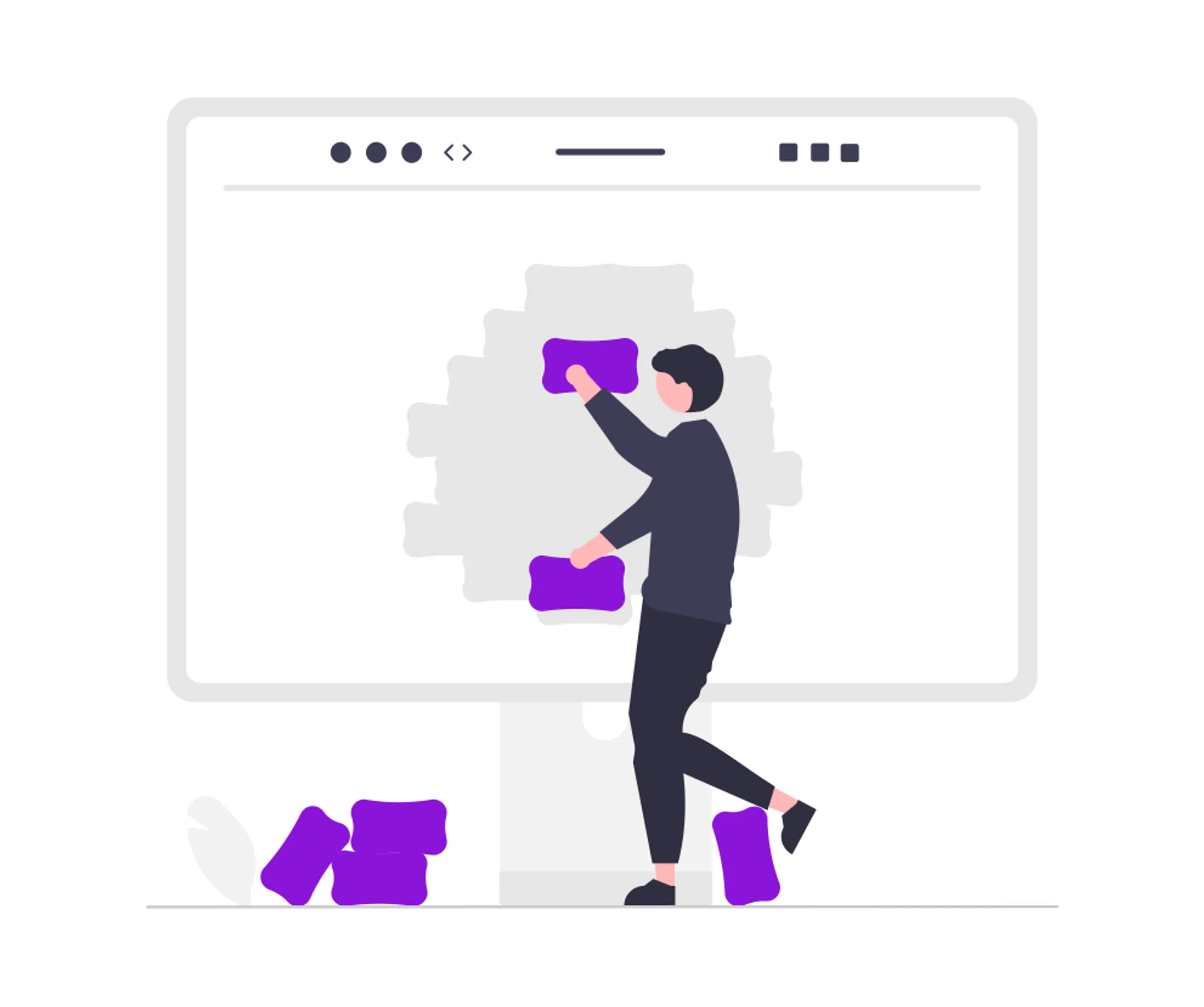
Scalability
Traditional CMS:
While traditional CMS platforms can scale using caching, CDNs, or server upgrades, they often face limitations when expanding across multiple digital touchpoints. Managing increasing traffic loads, integrating additional plugins, or modifying server configurations can be time-consuming and costly.
Headless CMS:
Headless CMS platforms are designed for scalability, allowing independent scaling of front-end and back-end components. However, performance depends on API efficiency and underlying infrastructure. NovaDB, as a SaaS and microservices-based platform, automatically handles backend scaling to accommodate increased traffic loads, ensuring optimal performance. This flexibility allows individual components to scale based on specific traffic demands, without interrupting core functionalities. As your business grows, the system can seamlessly adjust to deliver content across a variety of platforms and channels, from mobile apps to voice assistants, all while maintaining consistent efficiency.

Integration
Traditional CMS:
Traditional CMS platforms are often easier to integrate with third-party tools, as they usually come with pre-built integrations or plugins for common business functions such as SEO, analytics, and email marketing. However, when businesses require more advanced integrations or need to connect with external systems like CRM platforms, this can be a challenge.
Headless CMS:
Headless CMS platforms are designed with an API-first approach, enabling seamless integration with e-commerce platforms, marketing automation tools, and CRM systems. This flexibility makes them the preferred choice for businesses with complex digital ecosystems
.png)
Deployment and Maintenance
Traditional CMS:
Traditional CMS platforms offer a simple, all-in-one setup, making initial deployment easier. However, updates—especially front-end changes—can require downtime or complex deployment processes, which may disrupt operations.
Headless CMS:
Deploying and maintaining headless CMS platforms can be more complex due to the separation of front-end and back-end systems. Businesses must manage each component independently, and updates to one may not automatically sync with the other. However, this decoupling provides significant flexibility, allowing businesses to update the front-end or back-end without disrupting the other. This setup enables content updates to occur smoothly without affecting the front-end user experience, offering enhanced control and efficiency in content management.
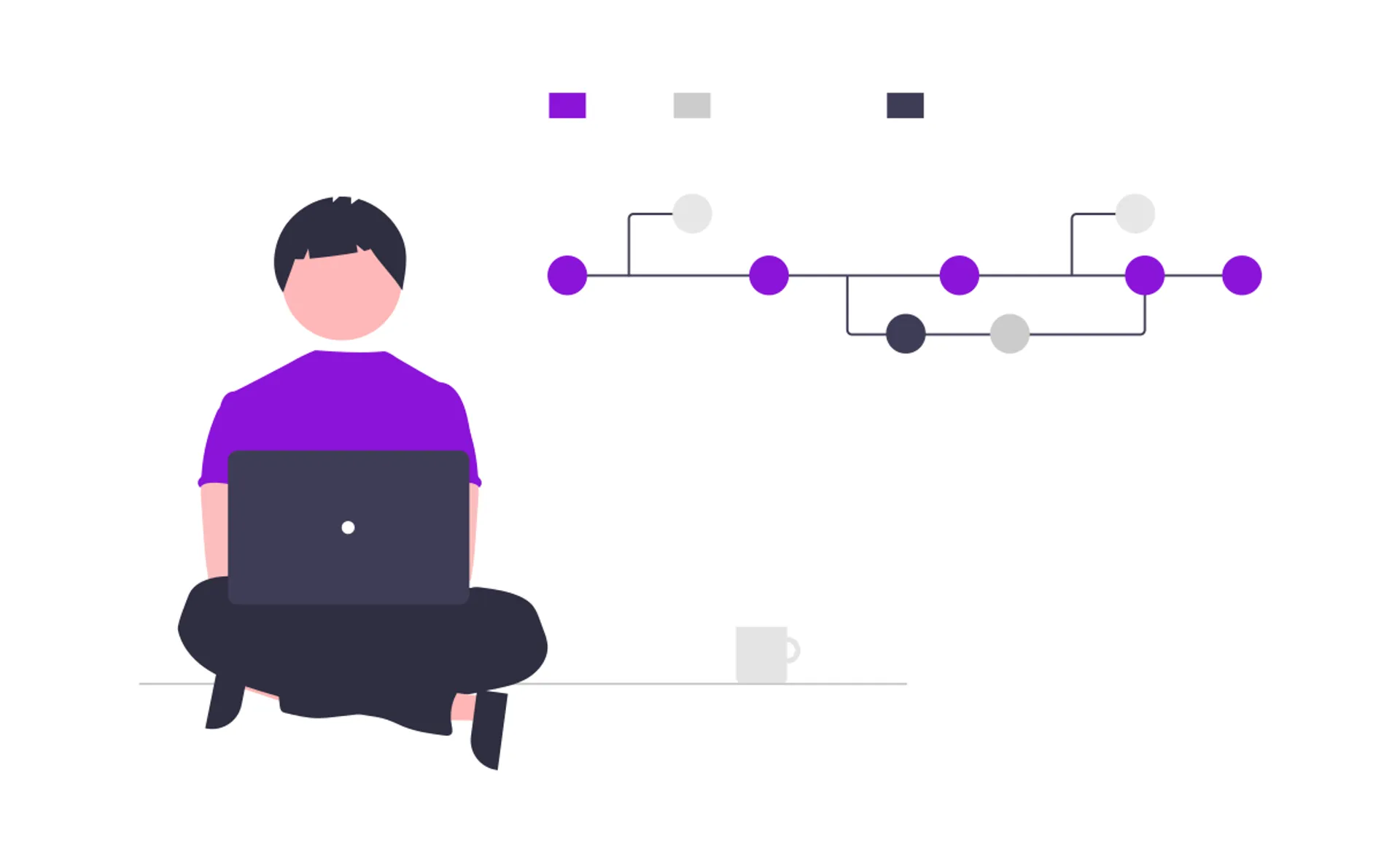
Security
Traditional CMS:
Traditional CMS platforms pose higher security risks because their tightly integrated architecture means that a single vulnerability—whether in the core system, plugins, or themes—can expose both content and user data. Regular updates and security patches are essential to mitigate these risks.
Headless CMS:
Headless CMS platforms offer a security advantage by decoupling front-end and back-end, reducing the risk of full-system breaches. However, API-based content delivery requires strong authentication and encryption to prevent unauthorized access. Furthermore, headless CMS platforms can be more easily integrated with modern security tools, such as advanced authentication protocols, to ensure data protection.

Omnichannel Experience
Traditional CMS:
Traditional CMS platforms are primarily designed for web-based content management. While many platforms support mobile versions of websites or apps, the content delivery mechanism is generally limited to the web. Expanding to other platforms (such as mobile apps, digital signage, or IoT devices) may require additional development effort or complex integrations.
Headless CMS:
A headless CMS is built for omnichannel content delivery. Because it delivers content via APIs, businesses can seamlessly distribute content to multiple platforms, including websites, mobile apps, digital kiosks, wearable devices, and even smart TVs. This flexibility makes headless CMS the ideal solution for businesses seeking a unified omnichannel experience.
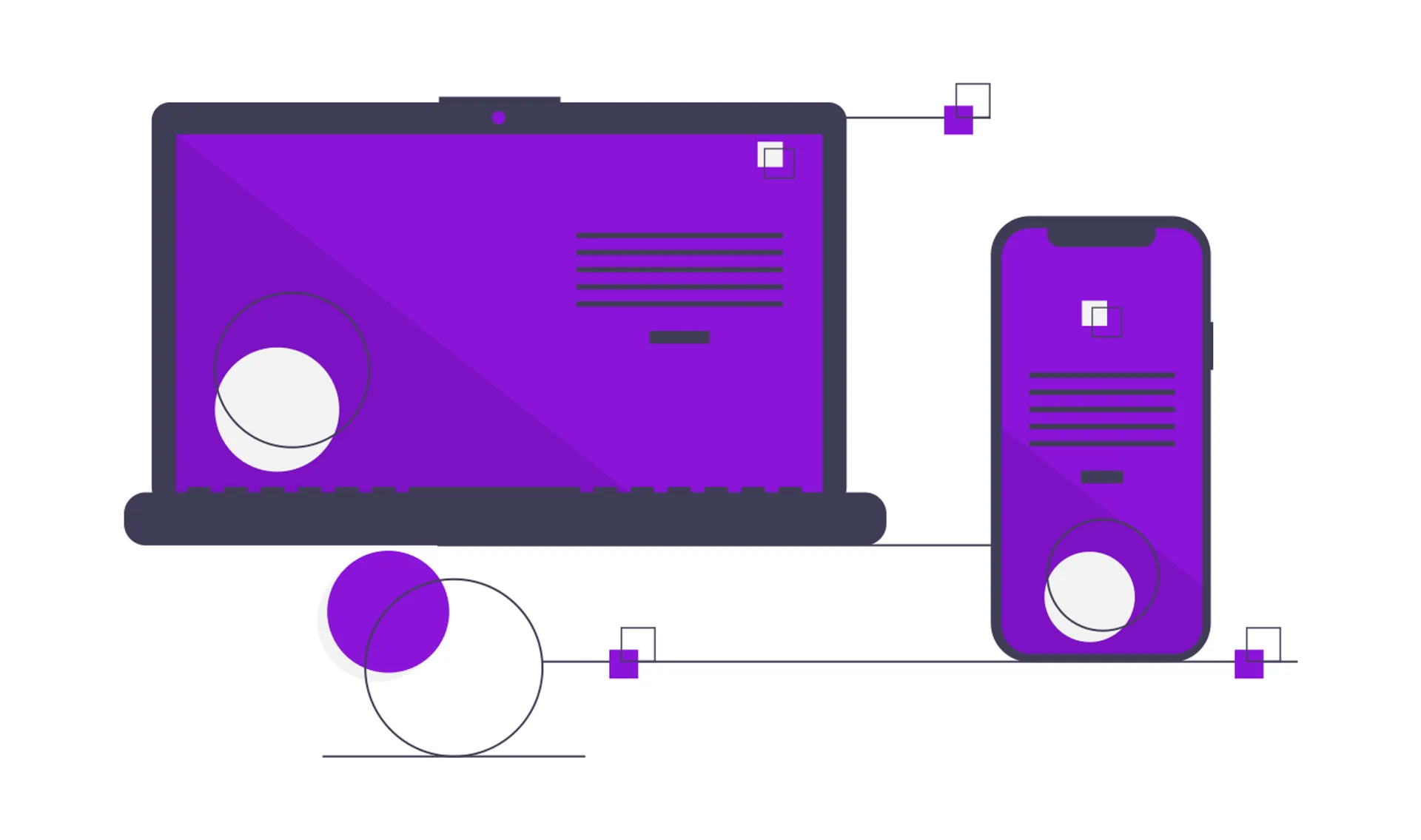
E-Commerce
E-Commerce
Traditional CMS:
Many traditional CMS platforms offer built-in e-commerce features or integrations with third-party e-commerce platforms (such as WooCommerce for WordPress). These systems are sufficient for small to medium-sized e-commerce businesses that want an all-in-one solution for managing both content and online stores.
Headless CMS:
Headless CMS platforms provide a more powerful solution for larger, more complex e-commerce operations. With headless CMS, businesses can integrate seamlessly with multiple e-commerce platforms, allowing for a unified shopping experience across channels. Content personalization, real-time updates, and multi-channel delivery are easier to achieve with a headless approach, making it ideal for growing e-commerce businesses.
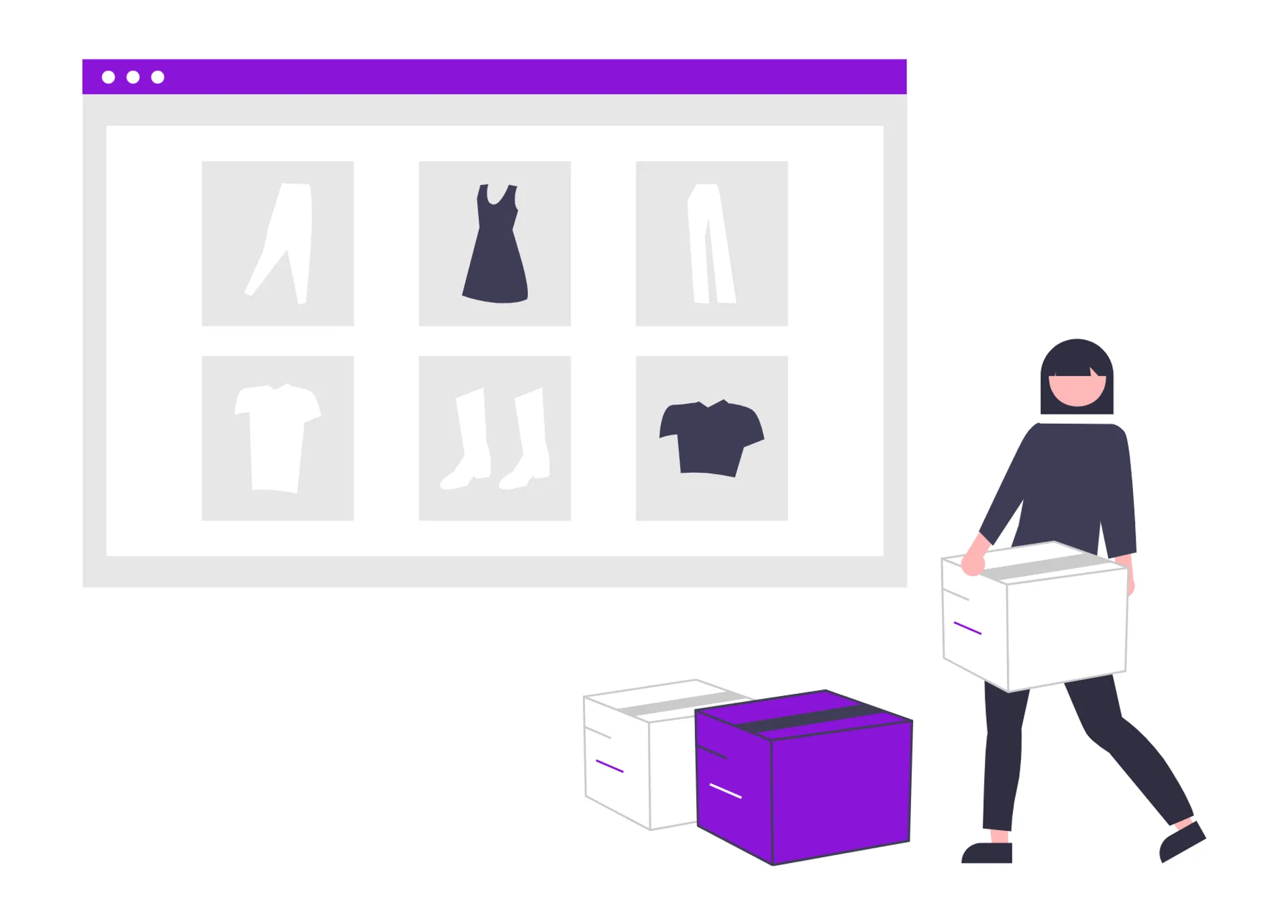
Advantages of Traditional CMS
Ease of Use:
Traditional CMS platforms are typically more user-friendly and require little technical expertise to manage day-to-day operations. Non-technical users, such as content managers or marketers, can easily create and publish content without needing to understand coding or web development.
All-in-One Solution:
Traditional CMS platforms offer an integrated approach, combining content management and content delivery in one system. This simplifies the management process, making it easier to handle updates, troubleshooting, and maintenance.
Community Support:
Popular traditional CMS platforms have extensive communities of users, developers, and support resources. This makes it easier to find help, tutorials, and plugins that extend the functionality of the CMS.
Disadvantages of Traditional CMS
Limited Flexibility:
Traditional CMS platforms are limited in terms of customization, particularly when businesses need unique front-end designs or complex digital experiences.
Challenges with Scalability:
As businesses grow and require more digital touchpoints, traditional CMS platforms can struggle to scale and manage multiple channels simultaneously.
Security Risks:
Traditional CMS platforms can be more vulnerable to security breaches, particularly if they rely heavily on third-party plugins and extensions.
Advantages of Headless CMS
Customizability:
Headless CMS platforms offer unparalleled flexibility, allowing businesses to create tailored user experiences for every channel. This makes it ideal for brands with unique design requirements or complex content delivery needs.
Scalability:
Headless CMS platforms are built for scalability. Businesses can easily add new digital touchpoints without disrupting the content management system, enabling rapid growth and expansion.
Omnichannel Capabilities:
Headless CMS platforms enable true omnichannel content delivery, ensuring that content can be distributed across websites, mobile apps, IoT devices, and other digital platforms seamlessly.
Disadvantages of Headless CMS
Complexity:
Headless CMS platforms are more complex to set up and maintain than traditional CMS platforms. Businesses may require developers with technical expertise to manage both the front-end and back-end systems.
Cost:
While the initial implementation of a Headless CMS may require a higher investment due to its decoupled architecture, the long-term operational costs are often lower compared to monolithic systems. Unlike traditional CMS platforms, which require frequent and sometimes costly upgrades to maintain performance and security, a Headless CMS benefits from a more modular and API-driven approach, reducing the need for extensive system overhauls. Additionally, lower infrastructure and hosting costs—especially when leveraging cloud-native solutions—can make ongoing maintenance more cost-effective. For businesses prioritizing long-term scalability and omnichannel content delivery, a Headless CMS offers a future-proof investment with a strong return on investment.
When to Choose Traditional CMS
Small to Medium-Sized Businesses:
Traditional CMS platforms are ideal for small to medium-sized businesses that want a simple, cost-effective solution for managing content without needing complex customization or technical expertise.
Single-Channel Operations:
If your business primarily operates on a single platform (such as a website) and doesn’t require omnichannel capabilities, a traditional CMS is a practical choice.
Rapid Deployment:
If you need to deploy a website quickly and easily, traditional CMS platforms are generally faster to set up and require less technical overhead.
When to Choose Headless CMS
Large Enterprises:
Headless CMS is perfect for large organizations with complex, multi-channel marketing needs. If your business is scaling rapidly or has content delivery requirements across various touchpoints, headless CMS offers the flexibility and scalability you need.
E-Commerce:
If you operate an e-commerce business that requires seamless integration with multiple platforms and personalized content delivery, headless CMS provides a powerful solution.
Omnichannel Experience:
If delivering consistent, personalized experiences across websites, mobile apps, and other platforms is a priority, a headless CMS is the best choice.
Future Perspective
The future of content management is undoubtedly moving toward more flexible and customizable systems. As technology continues to evolve, businesses will increasingly demand solutions that offer more control, scalability, and integration capabilities. Headless CMS will continue to lead the charge, particularly in businesses that are focused on providing omnichannel experiences and personalized content at scale.
At the same time, Traditional CMS will remain a viable option for simpler, single-channel operations where ease of use and speed are key considerations. As more businesses transition to headless systems, traditional CMS platforms may adapt by offering more modular and decoupled options to meet the growing demand for flexibility.
Ultimately, the choice between headless and traditional CMS comes down to your business's current needs, future growth plans, and digital strategy. Understanding these platforms' strengths and weaknesses will help you choose the right solution for long-term success.
Conclusion
Choosing between a Headless CMS and a Traditional CMS is a decision that requires careful consideration of your business's goals, technological requirements, and user experience priorities. While traditional CMS platforms remain an excellent choice for many businesses, the flexibility, scalability, and omnichannel capabilities of headless CMS make it the ideal choice for companies looking to scale and deliver personalized content across multiple platforms.
Your choice of CMS should align with your business goals, content strategy, and long-term scalability needs. While traditional CMS platforms offer simplicity and ease of use, headless CMS solutions like NovaDB empower businesses with the flexibility, security, and omnichannel capabilities needed to thrive in a digital-first world.
NovaDB – The Future-Ready Headless CMS
NovaDB by Noxum is the future-proof Headless CMS designed to scale with your business. Its API-first approach ensures seamless omnichannel content delivery across websites, mobile apps, and emerging digital platforms. Whether you're aiming for faster time-to-market, personalized content experiences, or enterprise-level security, NovaDB is your key to a truly modern digital strategy.
